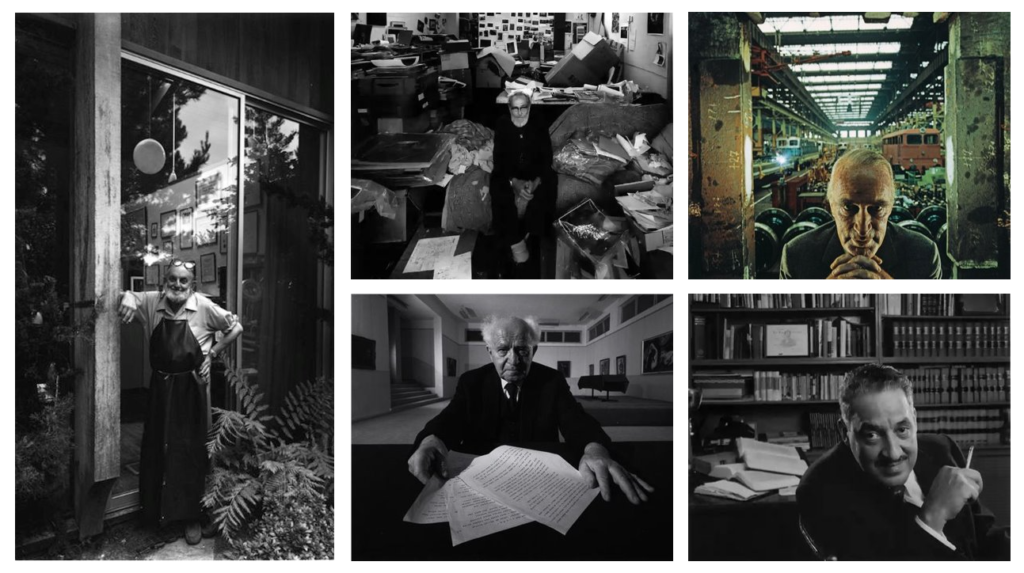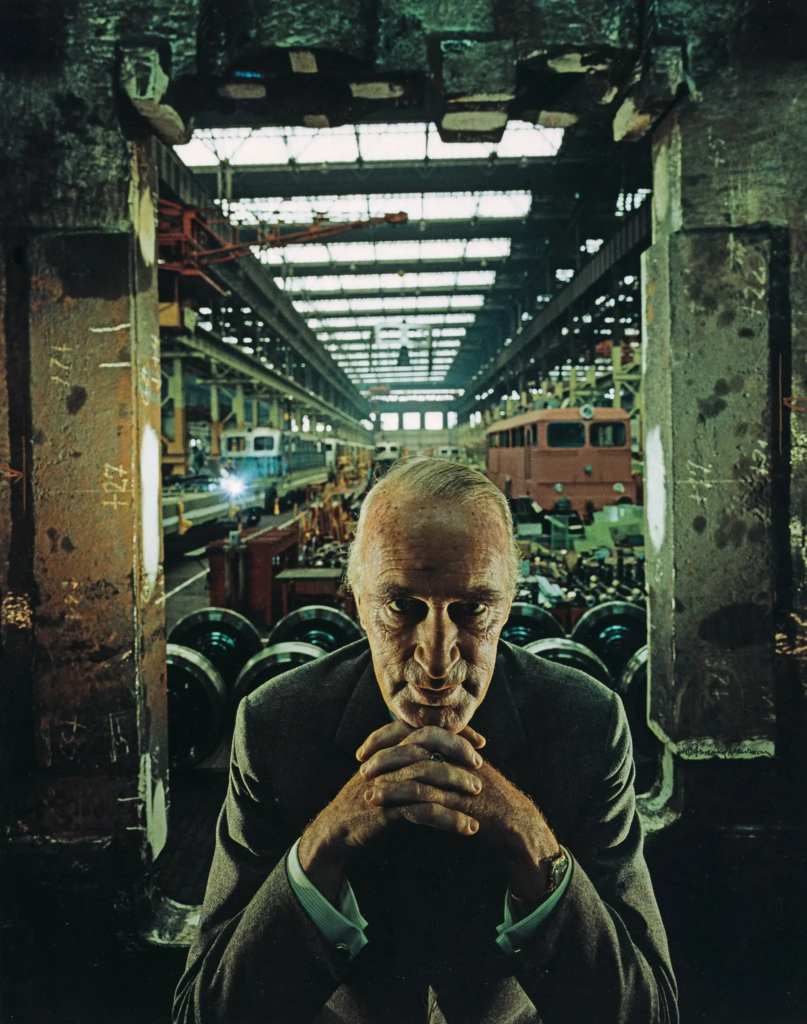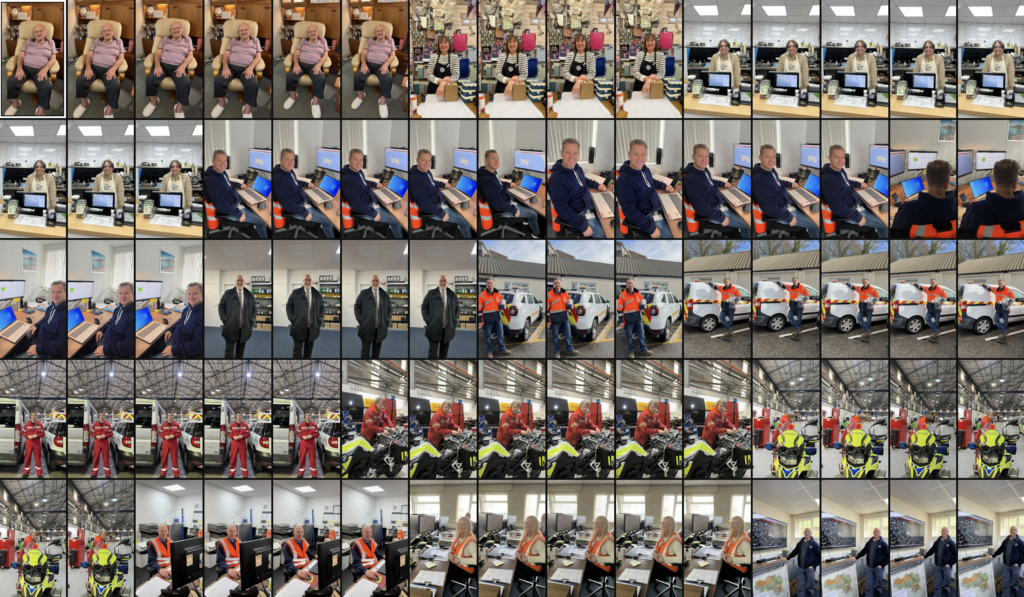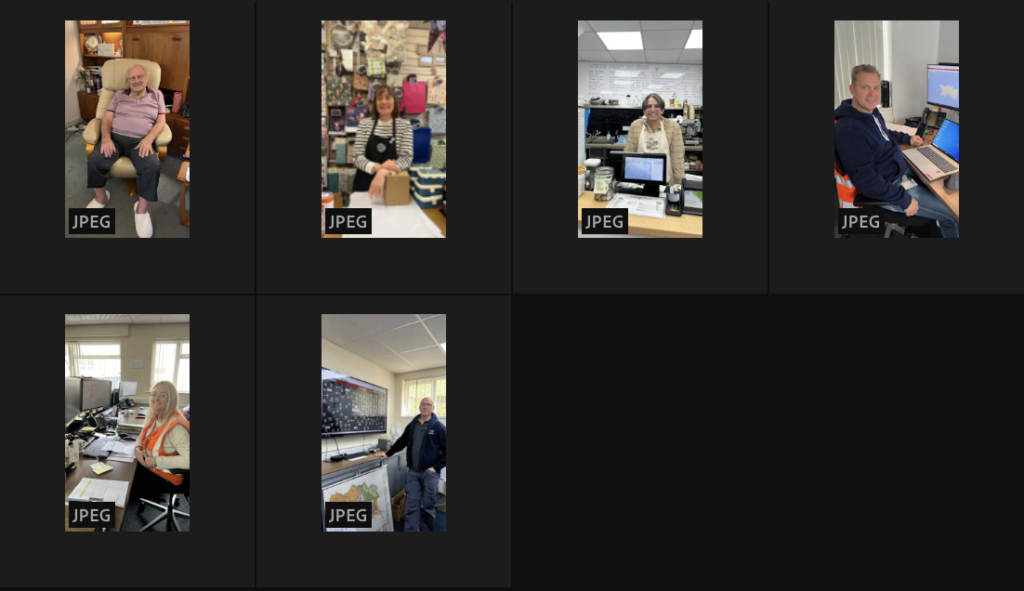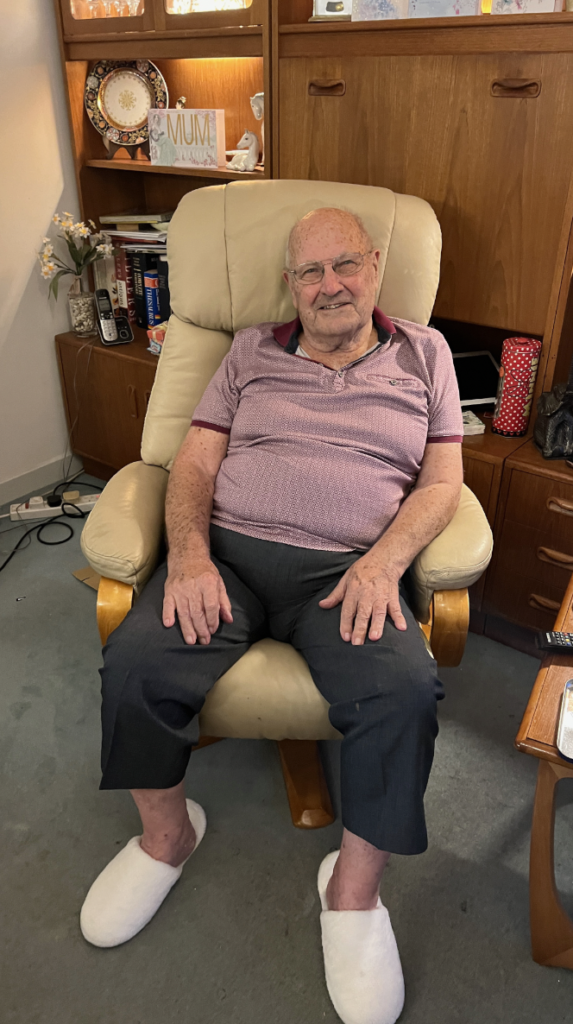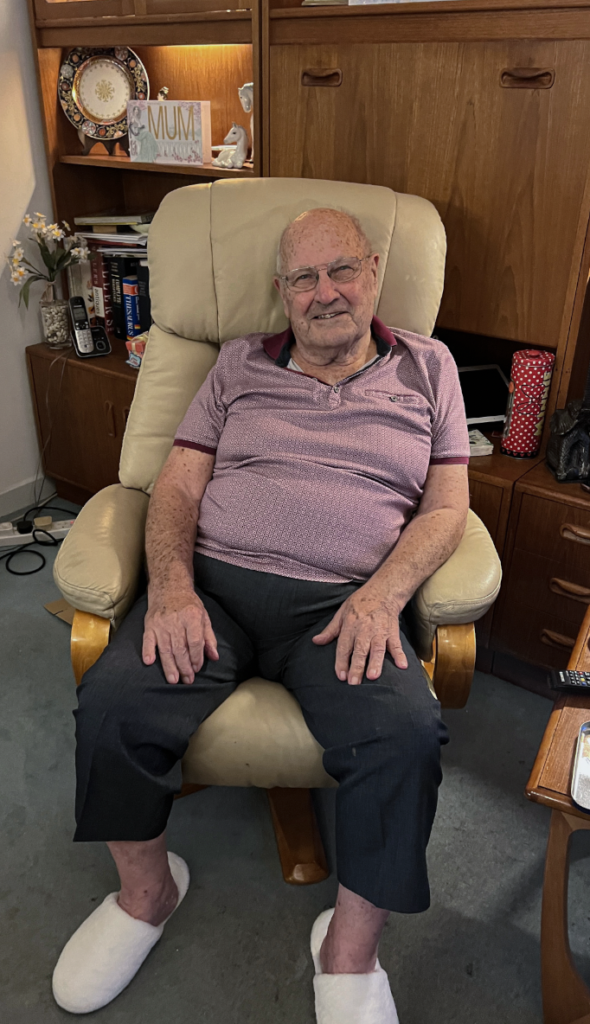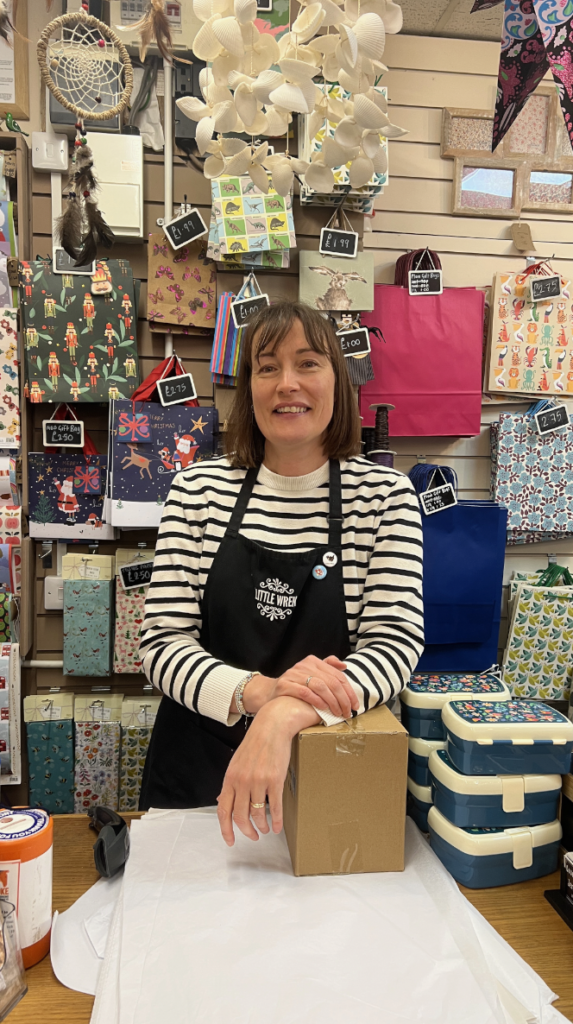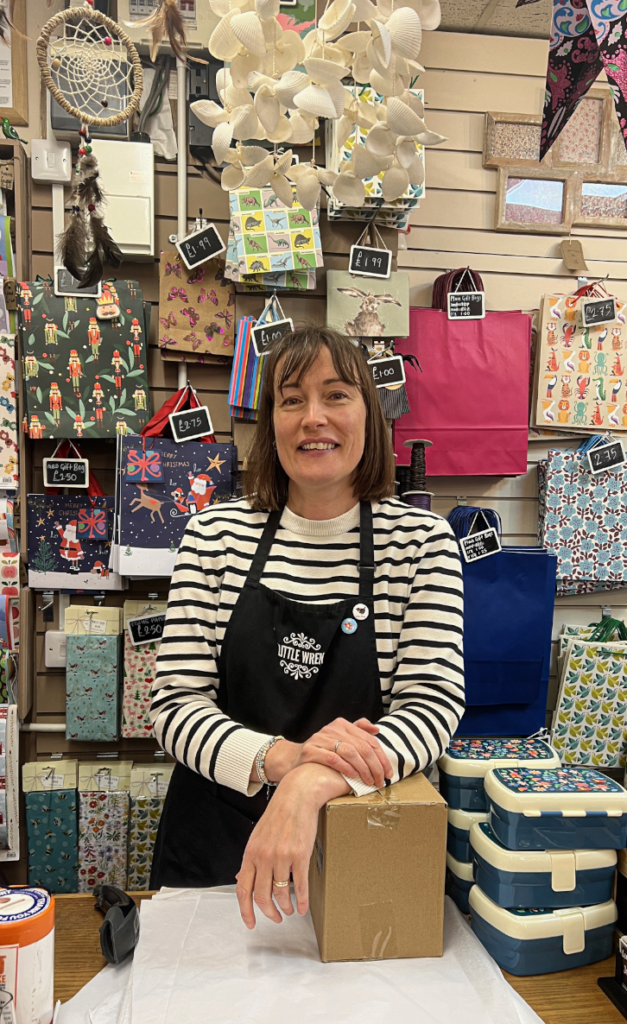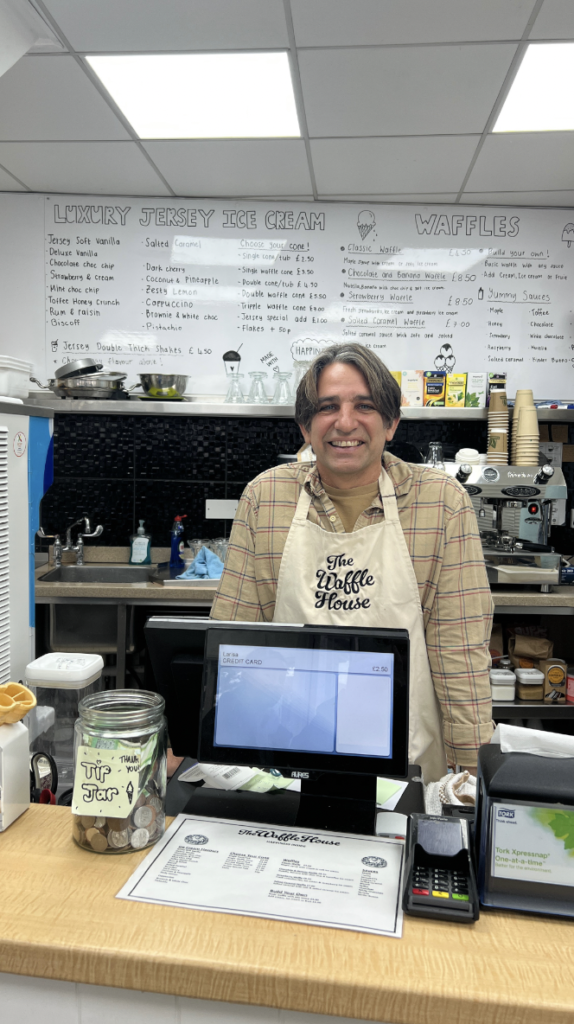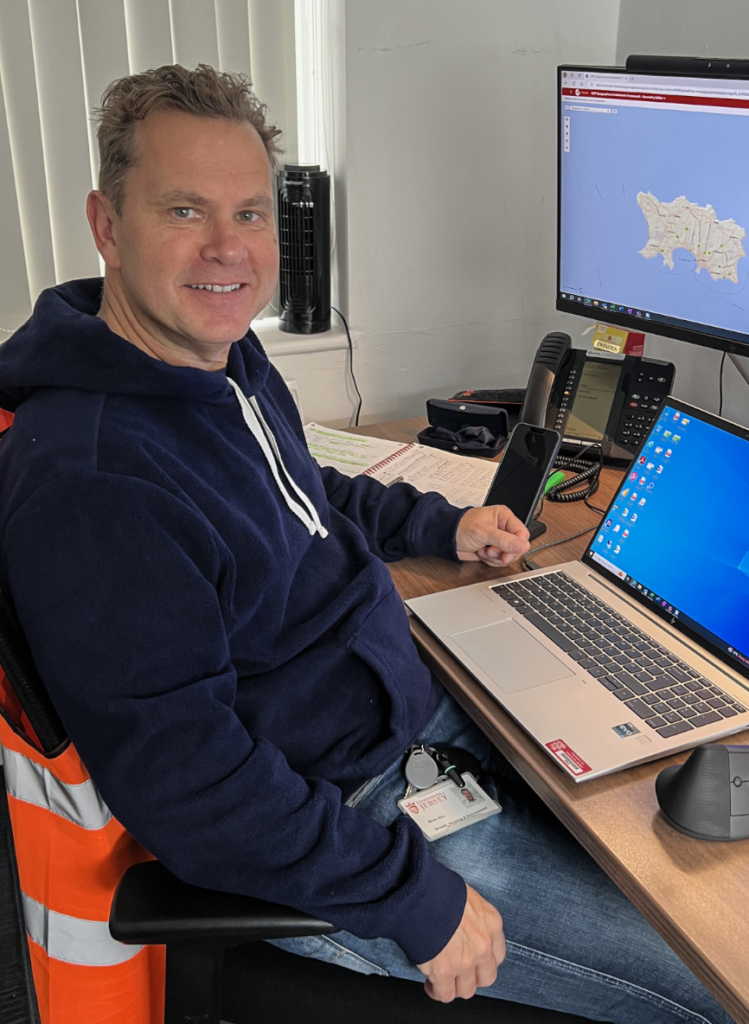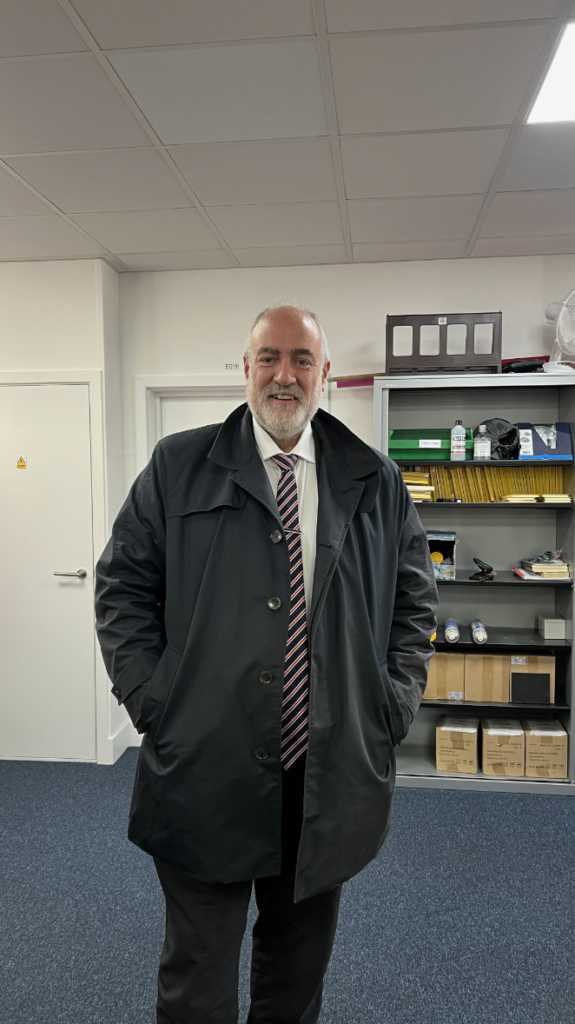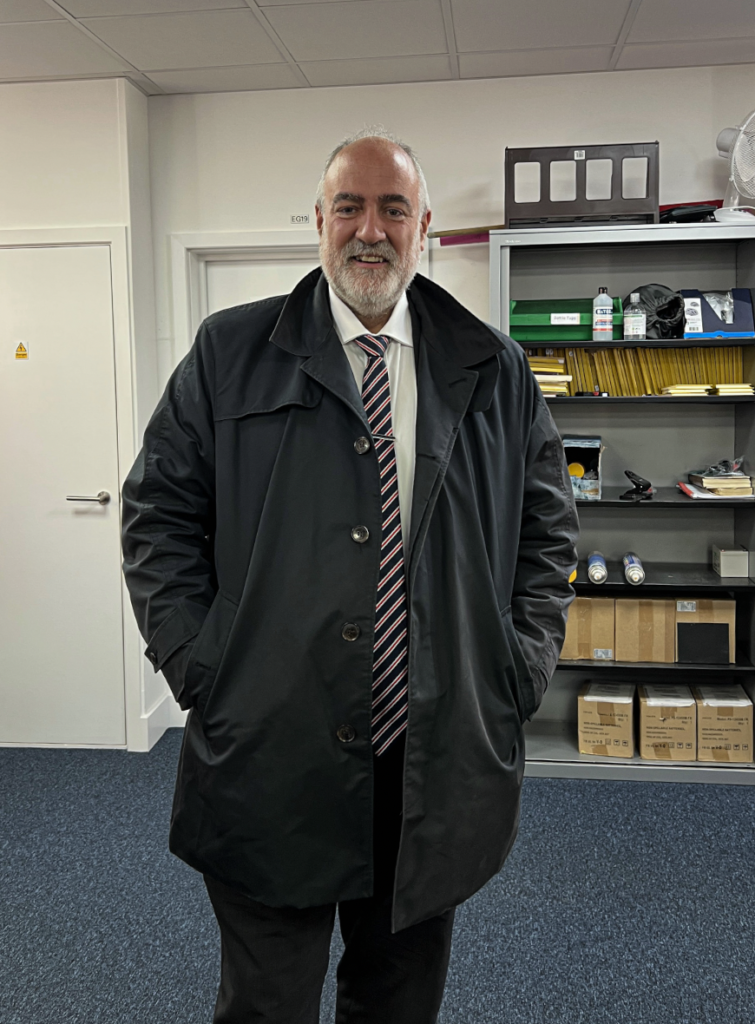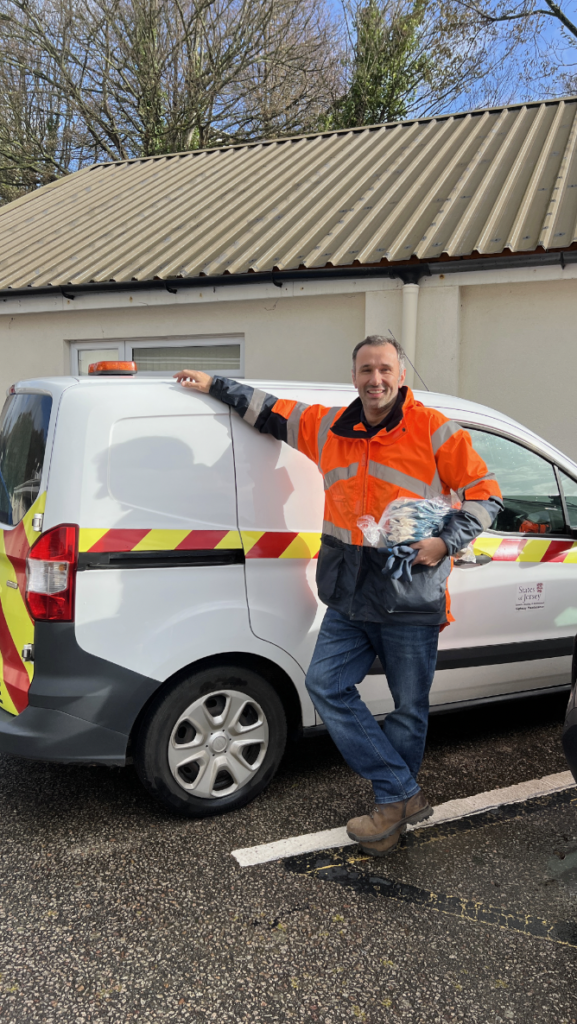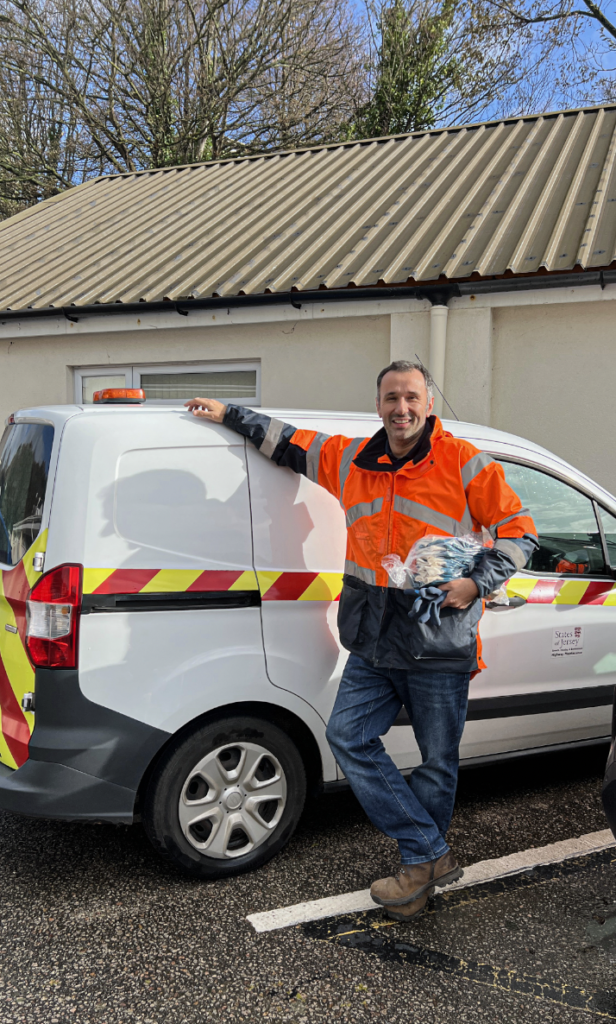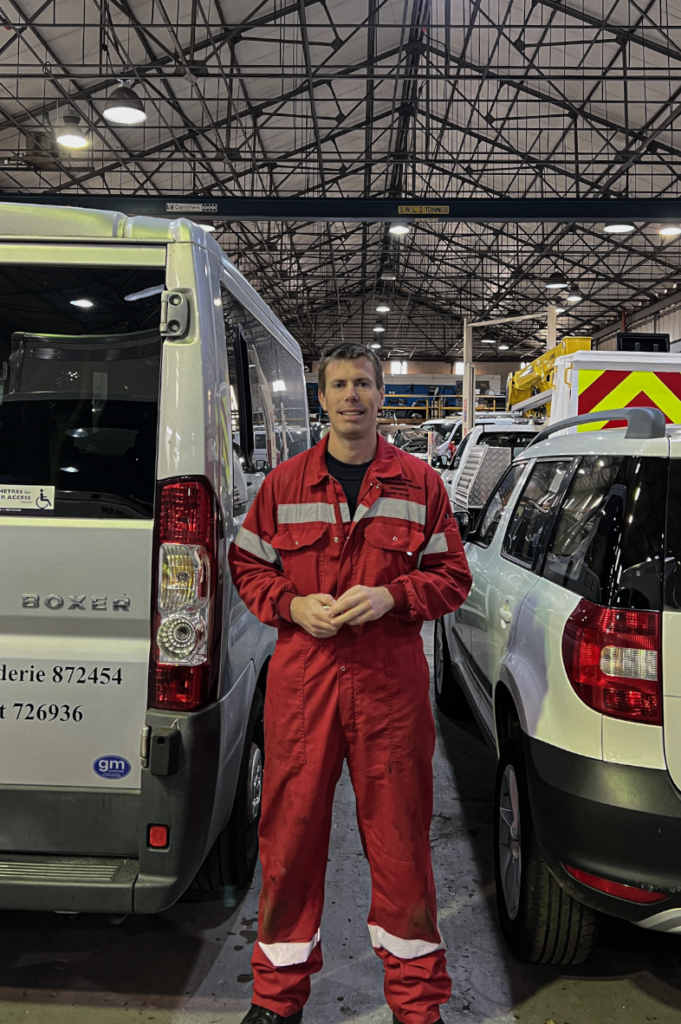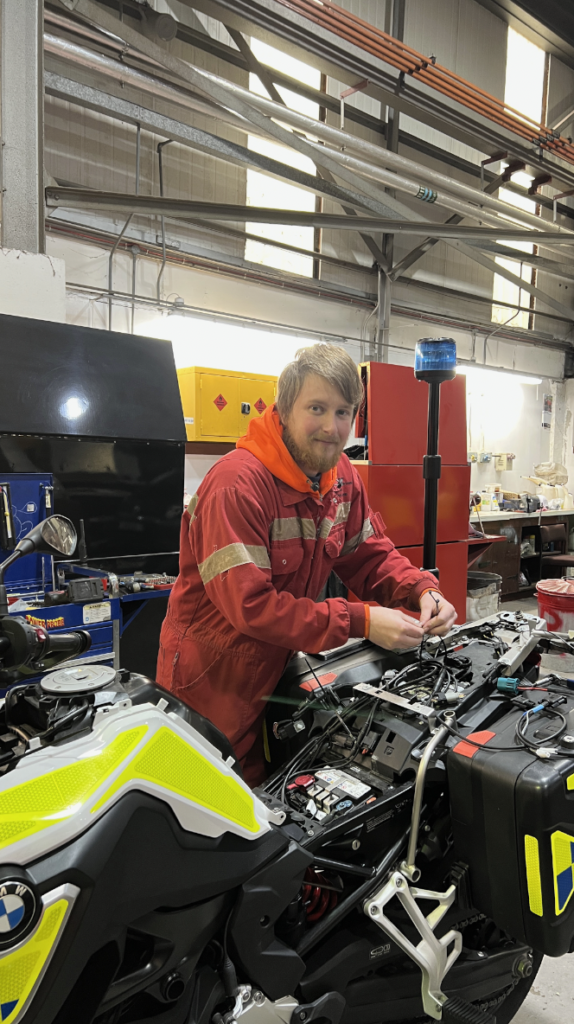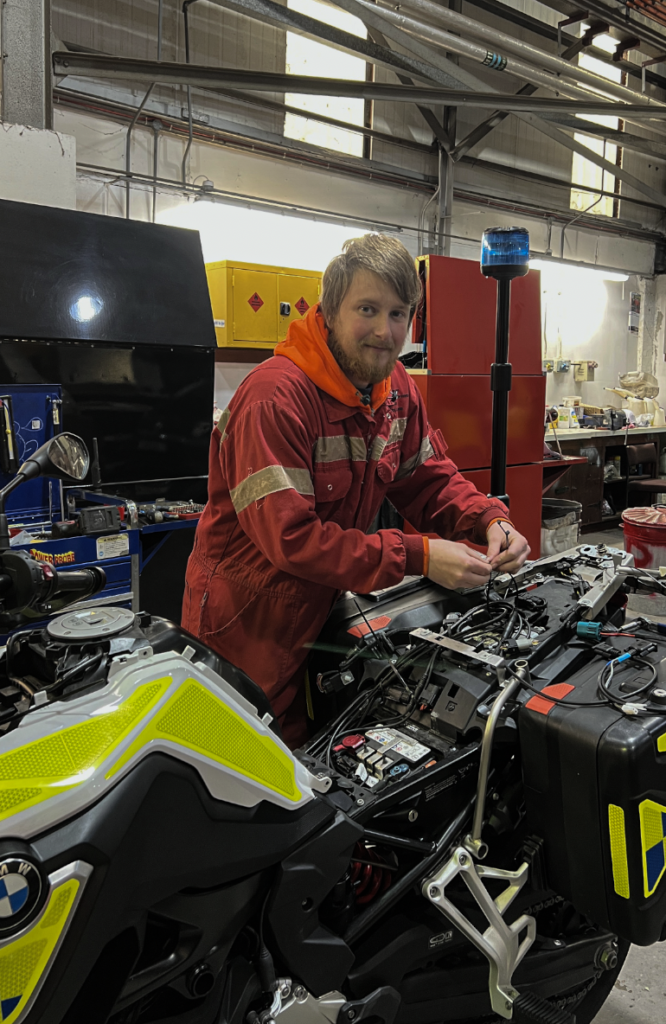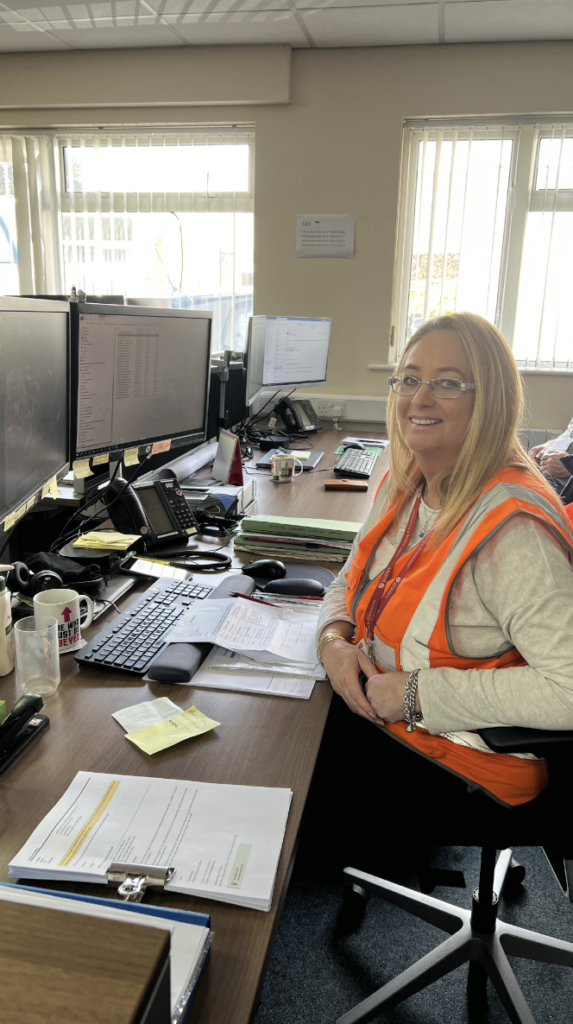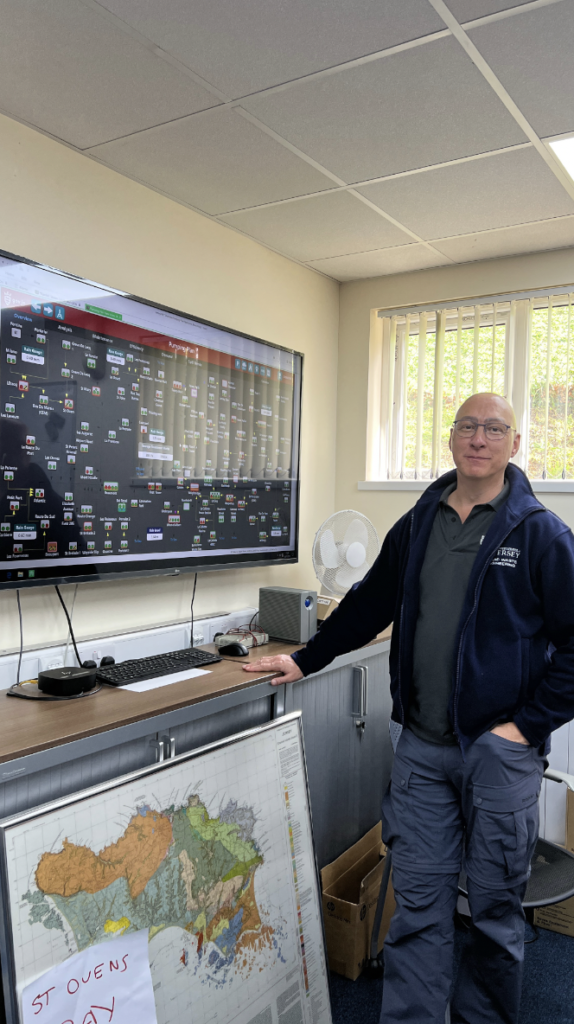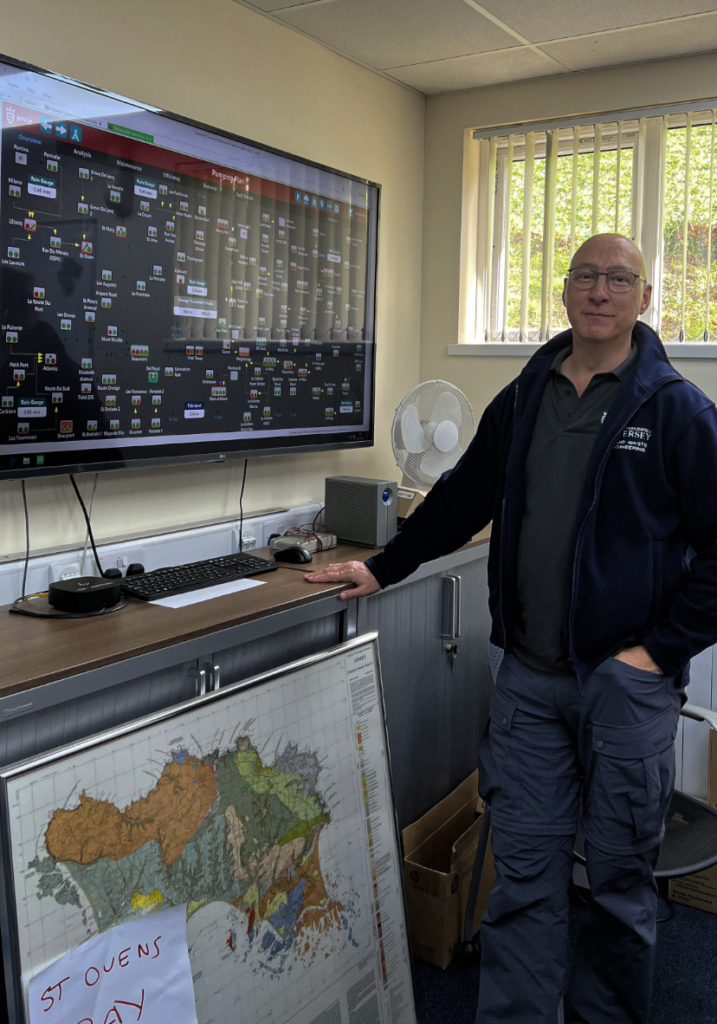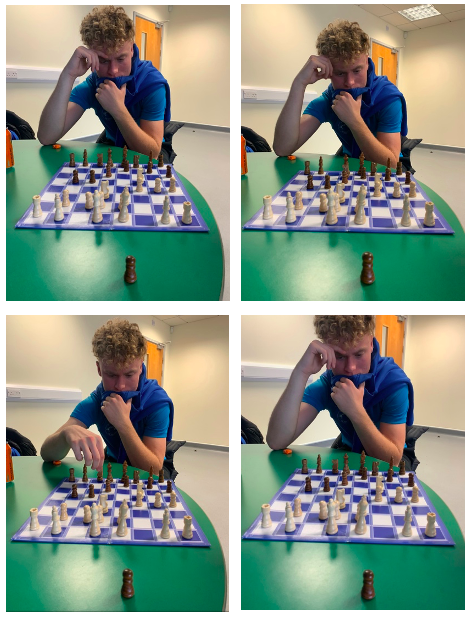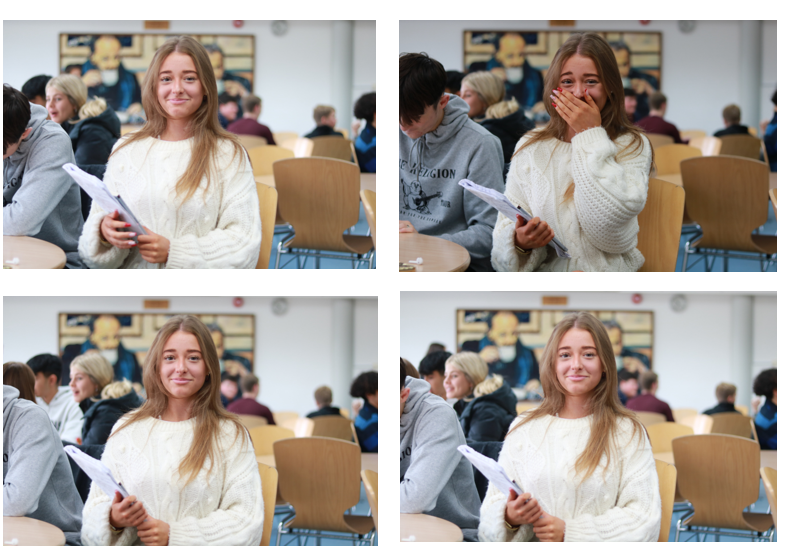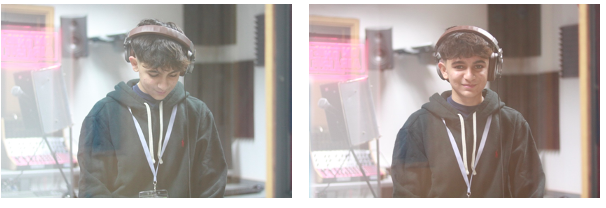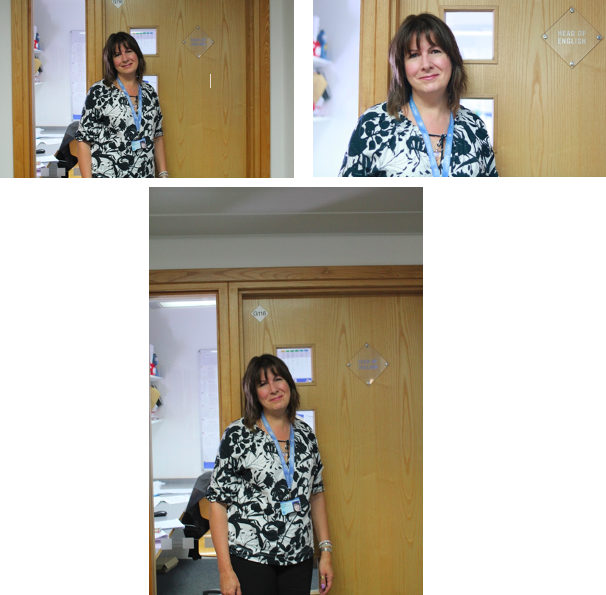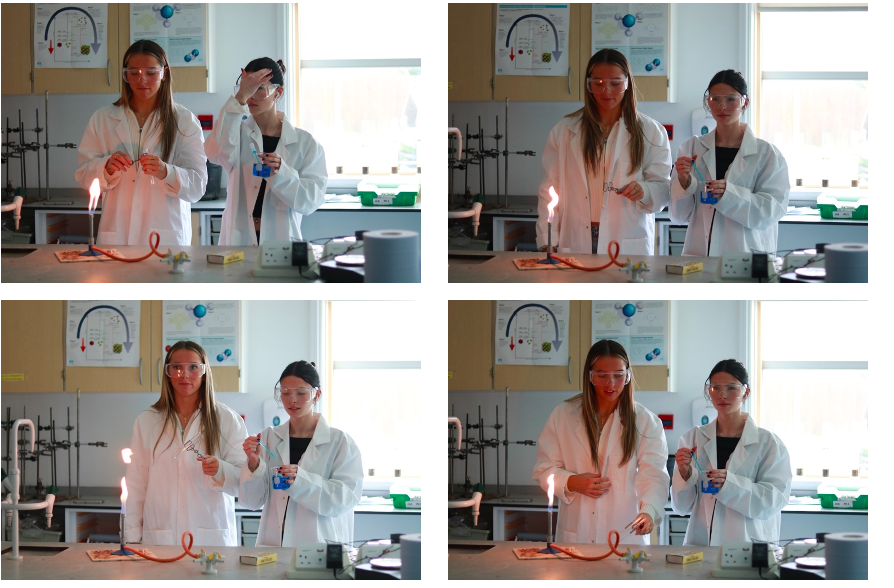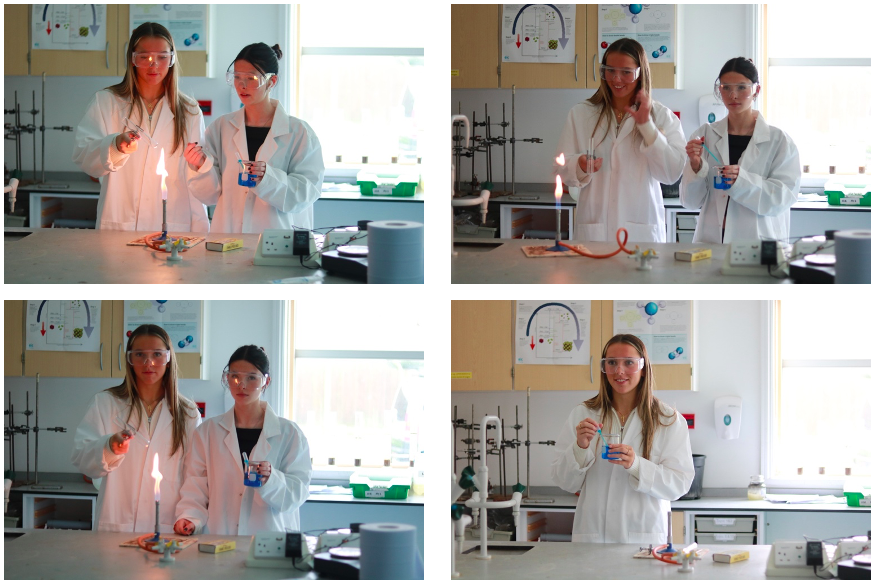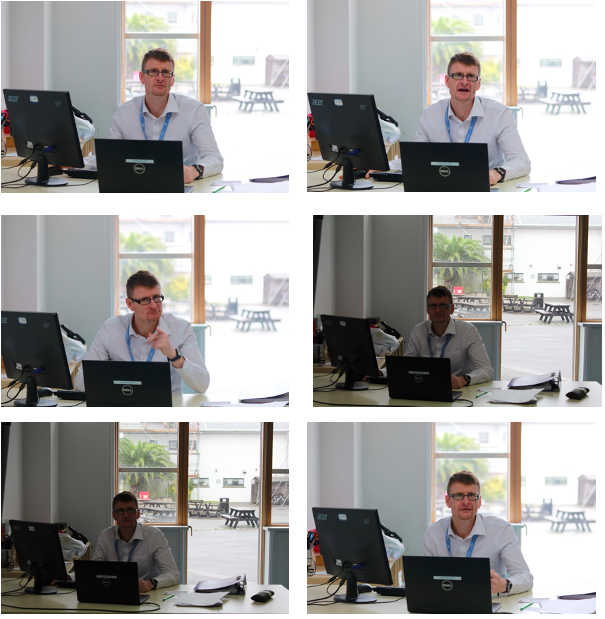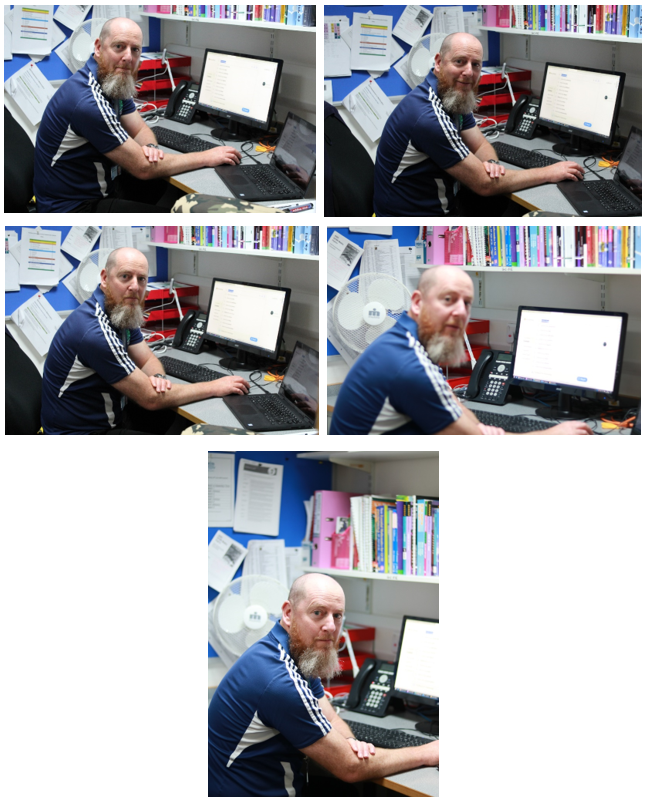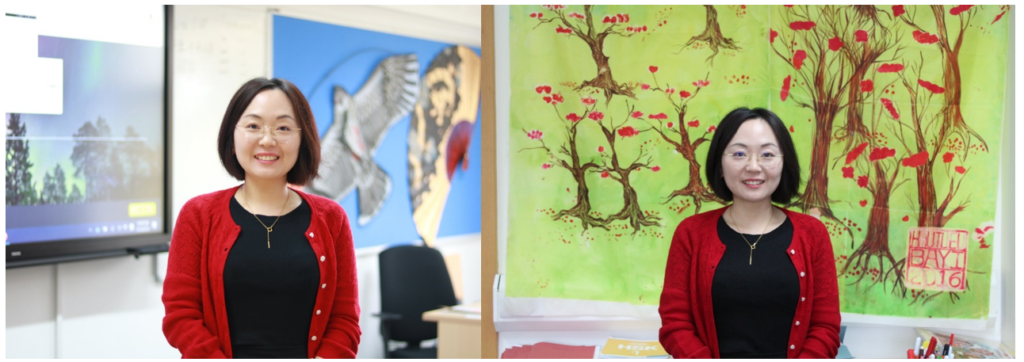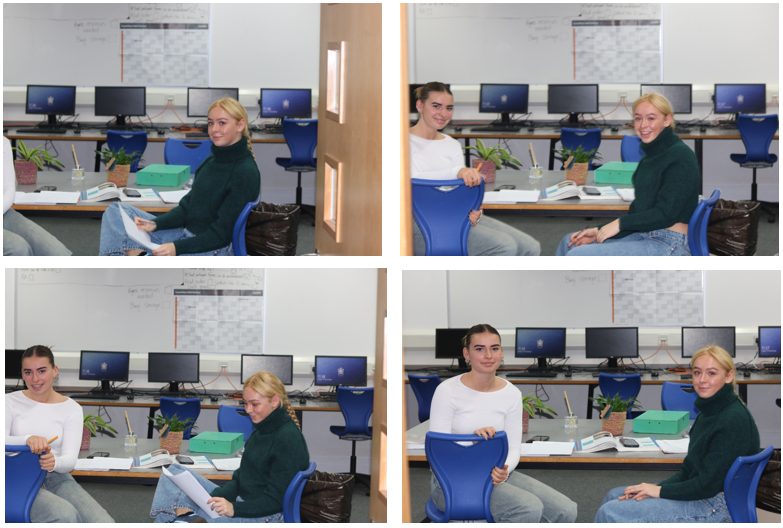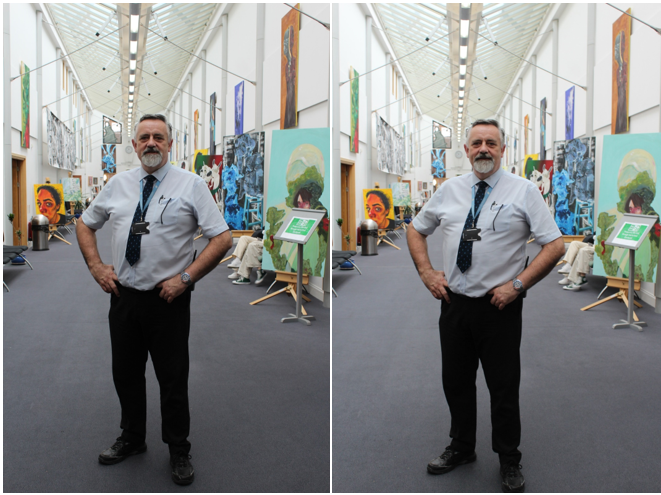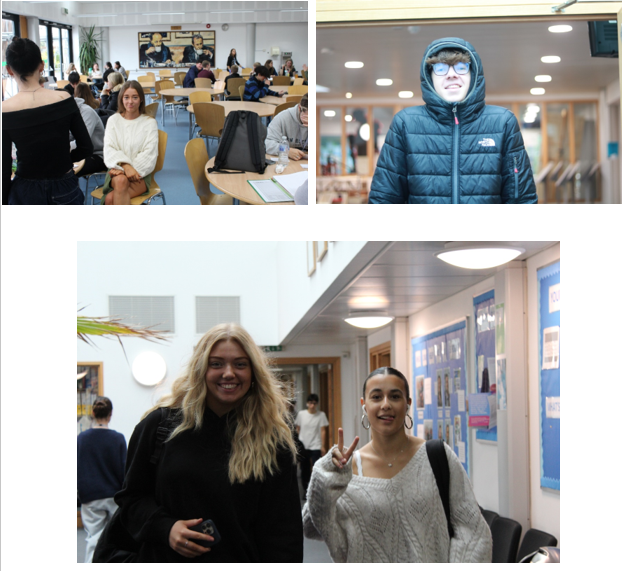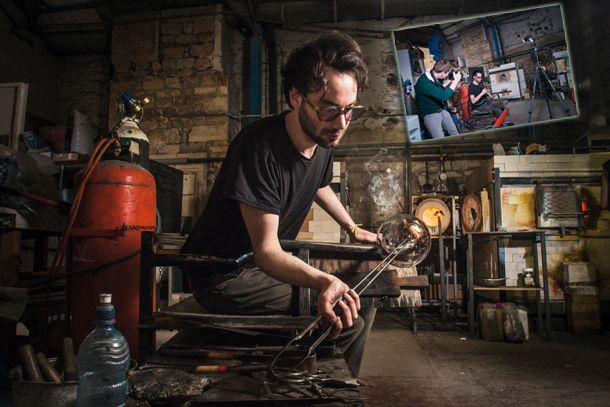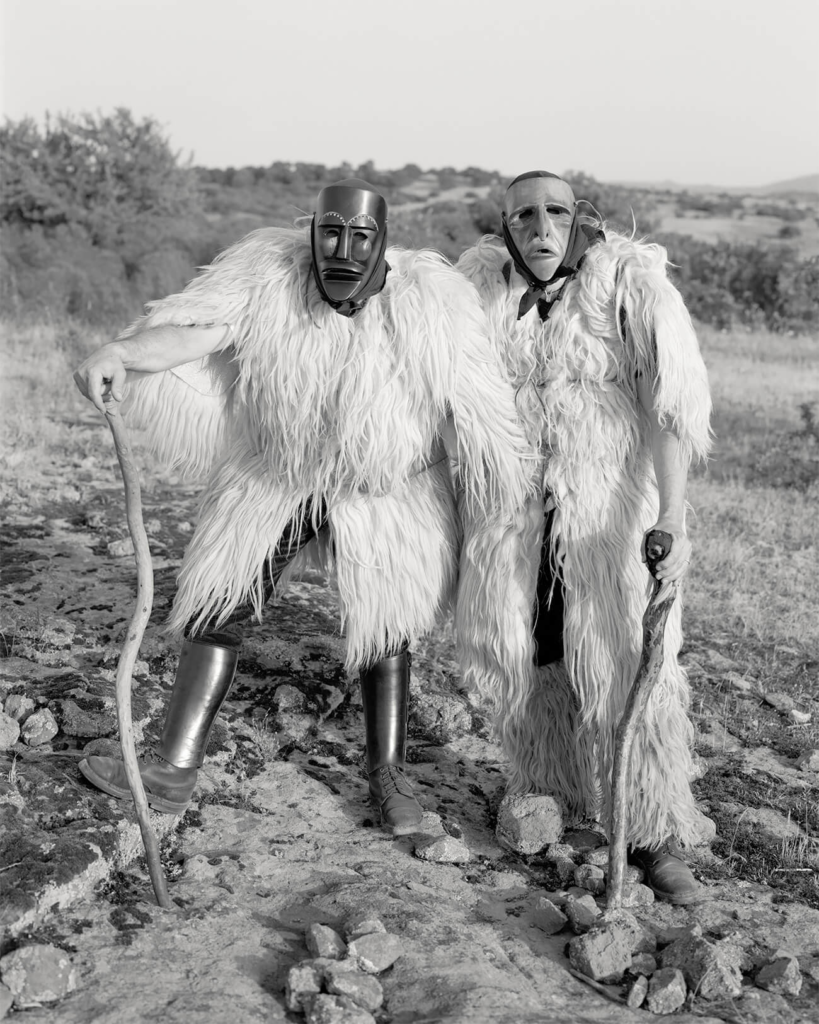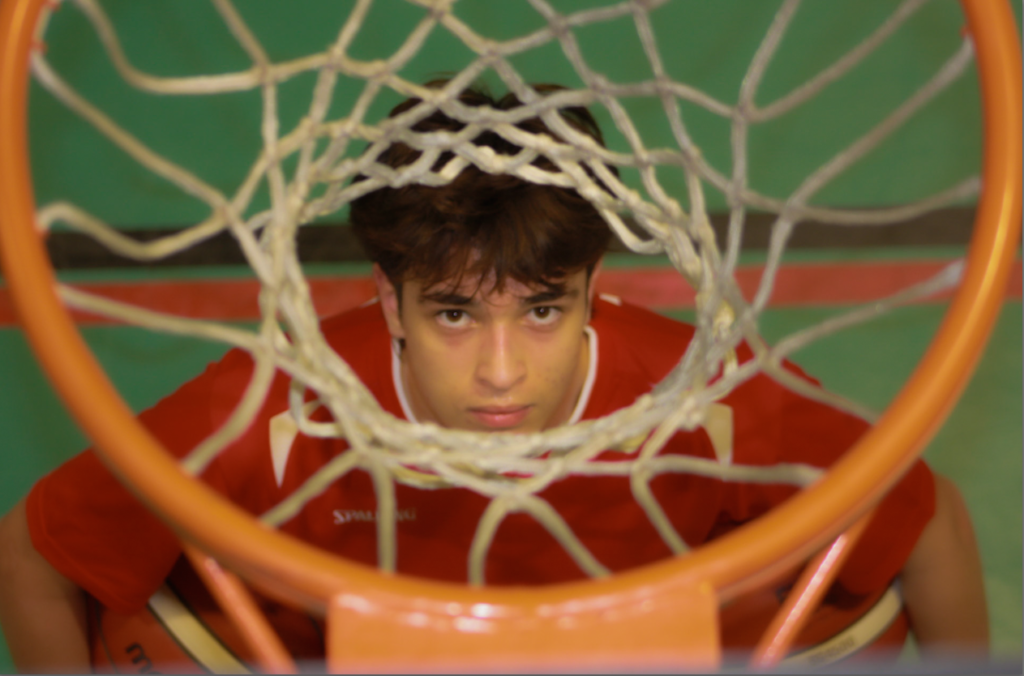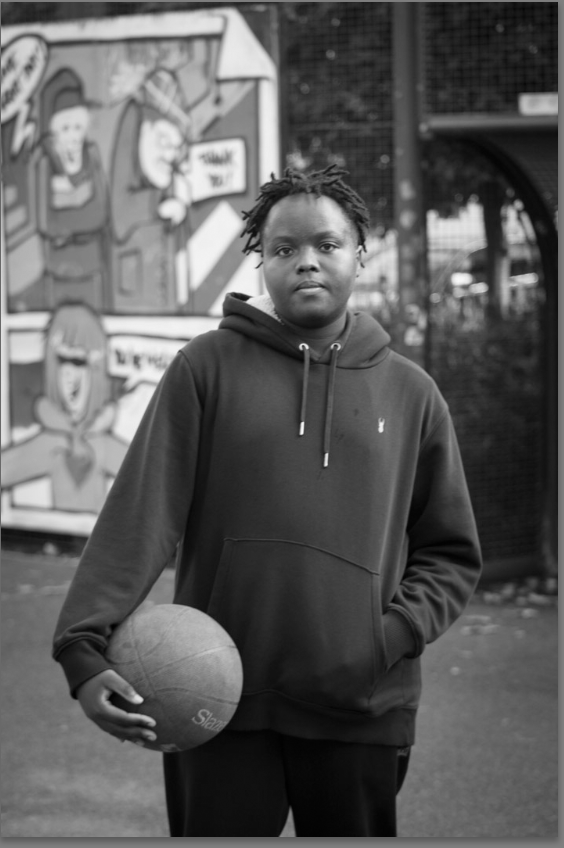What is Environmental portrait?
An environmental portrait is a photograph that depicts a person within their natural or chosen surroundings. The surroundings in the photograph play a vital role in showcasing the personality, character, or profession of the subject. These portraits aim to capture not only the physical appearance of the person but also their connection to the environment.
Why are environmental portraits important?
Environmental portraits are important for several reasons:
1. Context and Storytelling: By placing the subject within their surroundings, environmental portraits provide viewers with a better understanding of who the person is and what their life is like. The surroundings offer valuable context and help to tell a visual story.
2. Personality and Identity: Environmental portraits capture the subject’s personality and identity by showcasing them in a setting that is important to them. This can reveal aspects of their interests, profession, lifestyle, or cultural background.
3. Authenticity and Connection: Environmental portraits can create a deeper connection between the viewer and the subject by showing them in a familiar or relatable setting. It helps to establish a sense of authenticity and allows the viewer to relate to the subject’s experiences.
4. Visual Interest: Including the environment in the photograph adds visual interest and depth to the composition. It provides additional elements such as textures, colors, or patterns that can enhance the overall aesthetic appeal of the image.
5. Emotional Impact: By focusing on the subject and their environment, environmental portraits have the potential to evoke emotions. They can evoke a sense of nostalgia, admiration, curiosity, or empathy by capturing moments that reflect the subject’s emotions or experiences in their surroundings.
Overall, environmental portraits offer a unique and engaging way to visually represent people within their natural or chosen environment, providing a more comprehensive understanding of their lives and stories.
Mood Board
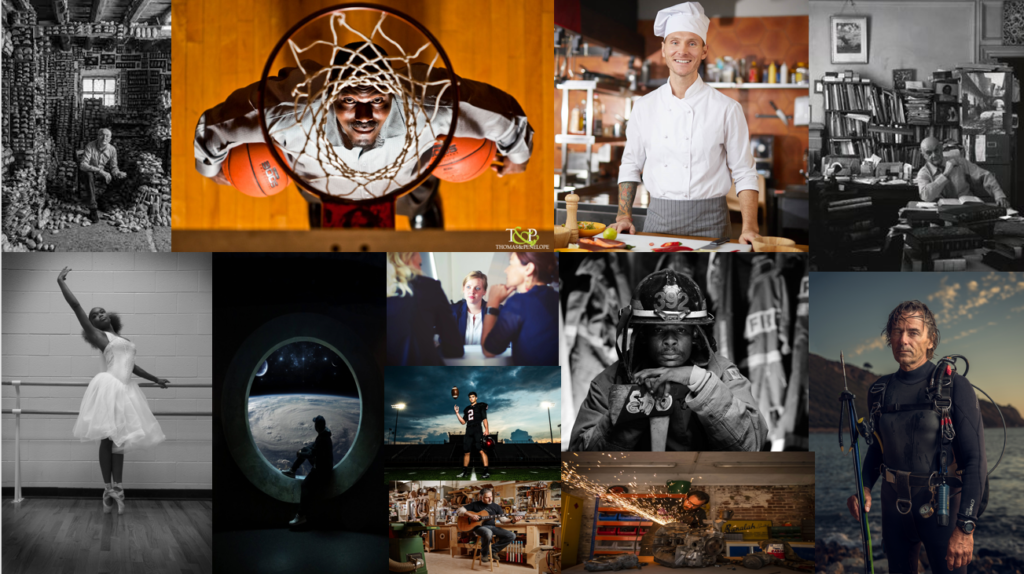
Mind Map
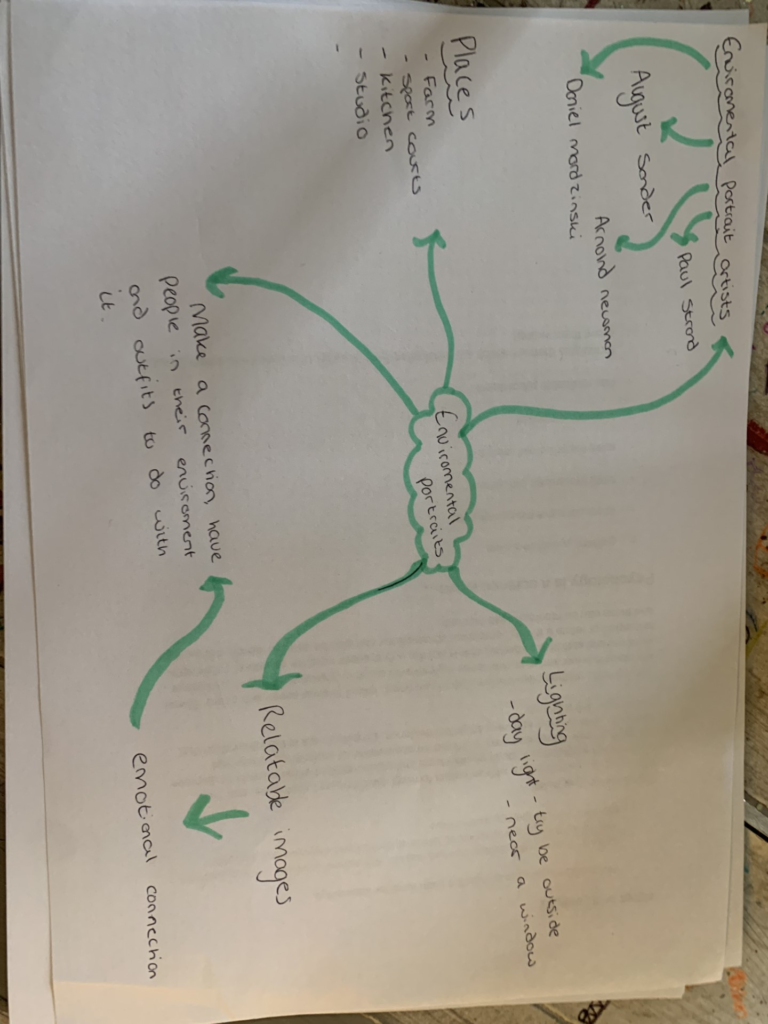
How do we use environmental portraits?
Environmental portraits can be used in various ways, depending on the context and purpose.
1. Editorial and Documentary Photography: Environmental portraits are often used in magazines, newspapers, and documentaries to accompany articles or stories. They help to bring the subject’s experiences and surroundings to life, adding depth and authenticity to the narrative.
2. Corporate and Professional Portraits: Environmental portraits are frequently used in corporate settings to showcase employees, executives, or professionals in their work environment. They can be used for company websites, marketing materials, or professional profiles, providing a more personal and relatable representation of individuals within their professional context.
3. Personal Portraiture: Environmental portraits can be used for personal purposes, such as capturing family members, friends, or oneself in meaningful locations. This allows individuals to showcase their personal character, interests, or relationships within their chosen environments.
4. Artistic Expression: Environmental portraits can also be a tool for artistic expression. Photographers can use unique locations, lighting, and compositions to create visually stunning portraits that convey emotions, stories, or conceptual ideas.
What can environmental portraits say about us?
1. Interests and Hobbies: The choice of environment in an environmental portrait can reveal a person’s interests, hobbies, or passions. For example, a portrait taken in a workshop filled with tools may suggest that the subject is a skilled craftsman or artist.
2. Profession and Expertise: Environmental portraits in a work setting can indicate a person’s profession or area of expertise. For instance, a portrait taken in a laboratory may suggest that the subject is a scientist or researcher.
3. Cultural Identity: The environment and props within an environmental portrait can reflect a person’s cultural identity. Elements such as traditional clothing, artifacts, or symbolic objects can provide insights into a person’s heritage or cultural background.
4. Lifestyle and Personality: Environmental portraits can convey aspects of a person’s lifestyle or personality. For example, a portrait taken in a cozy living room full of books and plants might indicate a love for reading and a preference for a relaxed and nurturing environment.
5. Relationships and Connections: Environmental portraits that include other people or significant objects can communicate relationships and connections. A portrait taken with family members, friends, or beloved pets can show the importance of these relationships to the subject’s life.
6. Environment and Values: Environmental portraits can reflect a person’s values and beliefs. For instance, a portrait taken in a natural landscape may suggest a deep appreciation for nature and environmental conservation.
7. Emotional State: The environment and composition of an environmental portrait can sometimes reveal the subject’s emotional state. Elements such as lighting, facial expressions, and body language combined with the surroundings can convey emotions like joy, solitude, or contemplation.




